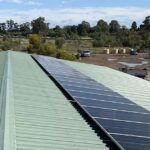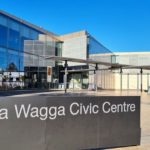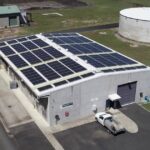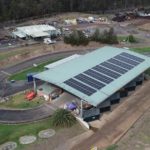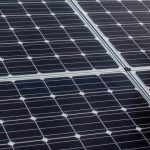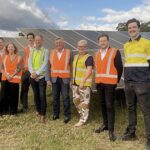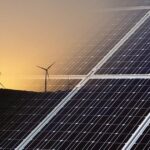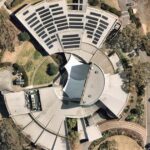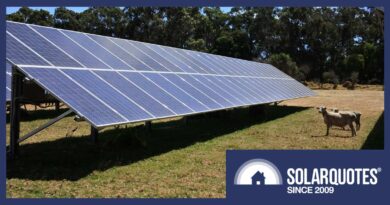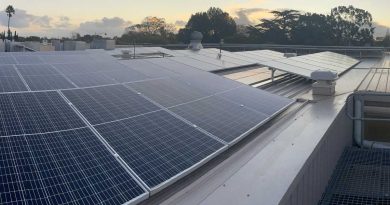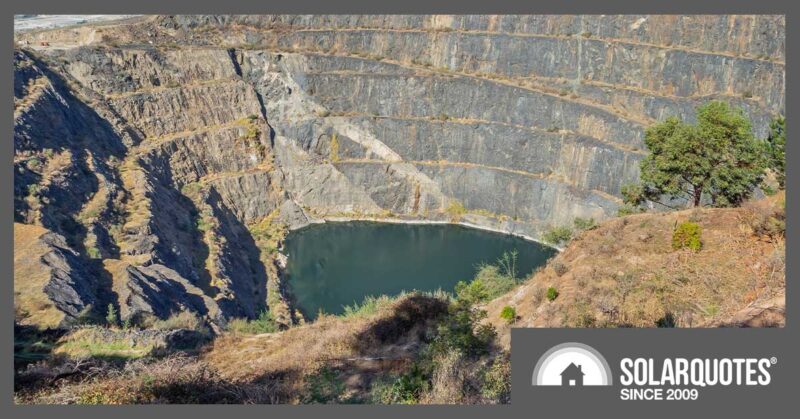Mildura Council Eyes More Solar – And Virtual Energy Network
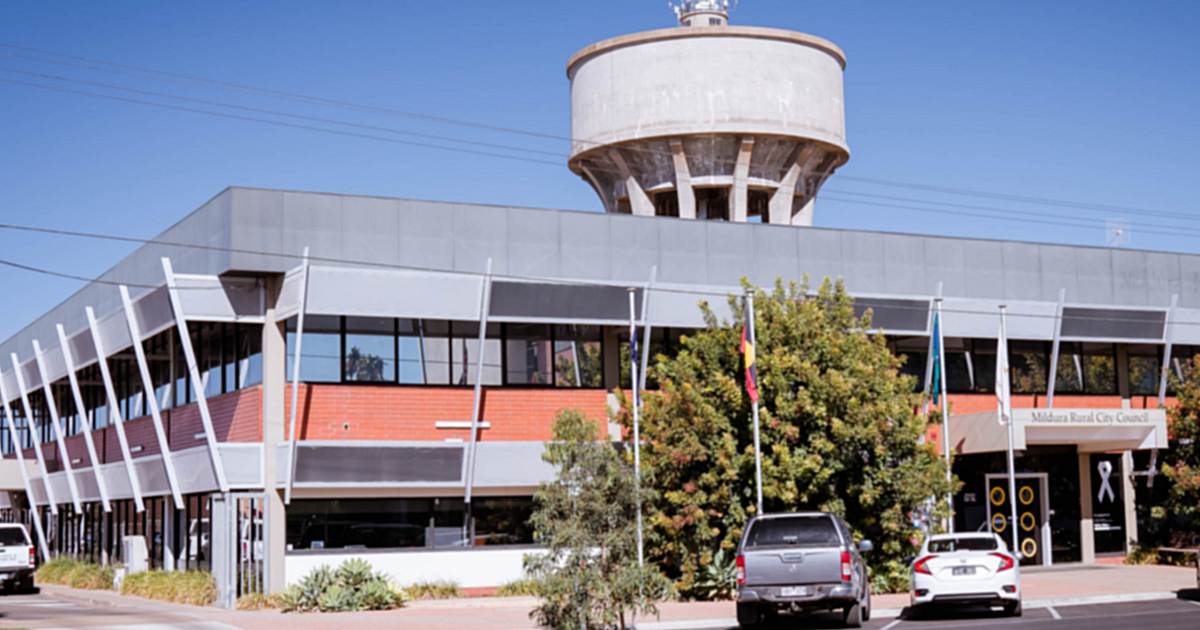
Mildura Rural City Council’s Draft Towards Zero Emissions Strategy was released on Friday, outlining its approach to achieving zero net carbon emissions by no later than 2050.
While it has made inroads into emissions reduction, there’s still some way to go. In 2018/19, Scope 1, 2 and 3 emissions1 were estimated at 33,225 tonnes of carbon dioxide equivalent (CO2-e). Landfill emissions are by far the biggest contributor to Scope 1 emissions, and overall.
In terms of Scope 2, street lighting makes up the bulk of this emissions category, with buildings the remainder.
Mildura Council began tackling building-related emissions many years ago. Among the strategies it implemented was installing solar panels. 54 kilowatts of PV was installed on Council buildings back in 2011, including 30kW on the Madden Avenue Service Centre – a pretty big system for the time.
A further 100kW was installed on buildings in 2012, then another 87kW in 2015 and there may have been more solar power system installations since.
Mildura Rural City Council isn’t done with solar energy yet. The Strategy notes:
- Development of a Solar & Battery Systems Priority Report to prioritise solar PV and battery storage installations at Council owned buildings and facilities.
- Investigation of the opportunity of a Virtual Energy Network (VEN) to utilise excess solar energy generated by Council.
What’s A Virtual Energy Network?
A virtual energy network builds on the Virtual Power Plant (VPP) concept, but instead of having solar systems exporting surplus to the mains grid for whatever feed-in tariff is on offer, the most value from the electricity is extracted by maximising self-consumption. For example, surplus electricity generated by rooftop solar panels on Building A is “virtually” distributed to Building B that doesn’t (or which has a shortfall of supply). Energy goes to where it is needed rather than just to where it is generated.
Another local government progressing this concept is Melbourne’s Hobsons Bay City Council – and it isn’t even bothering with batteries initially.
This approach makes good financial sense as feed-in tariffs these days are significantly lower than what it costs to consume energy from the mains grid. Foregoing batteries at this point can also accelerate payback time.
But back to Mildura – for what Council can’t source from self-generation, it intends entering into a power purchase agreement for 100% renewable electricity for all its buildings, facilities and public/street lighting. In terms of other emissions, what can’t be avoided will be offset.
Of course, there’s a lot more to the Strategy than just solar power. Mildura Rural City Council is inviting feedback on its Draft Towards Zero Emissions Strategy, which can be viewed here.
Trivia: In Mildura’s postcode area (3500), more than 3,299 solar panel systems had been installed by the end of January this year. If you live in the region and want to slash your electricity bills (and carbon footprint); check out this list of solar installers in Mildura.
Footnotes
- Scope 1 emissions: direct emissions from sources a party owns or controls, such as fuel; Scope 2: indirect emissions associated with energy that is purchased such as electricity; Scope 3: all other indirect emissions from sources a party doesn’t own or control, such as air travel ↩
Original Source: https://www.solarquotes.com.au/blog/mildura-solar-ven-mb1971/



